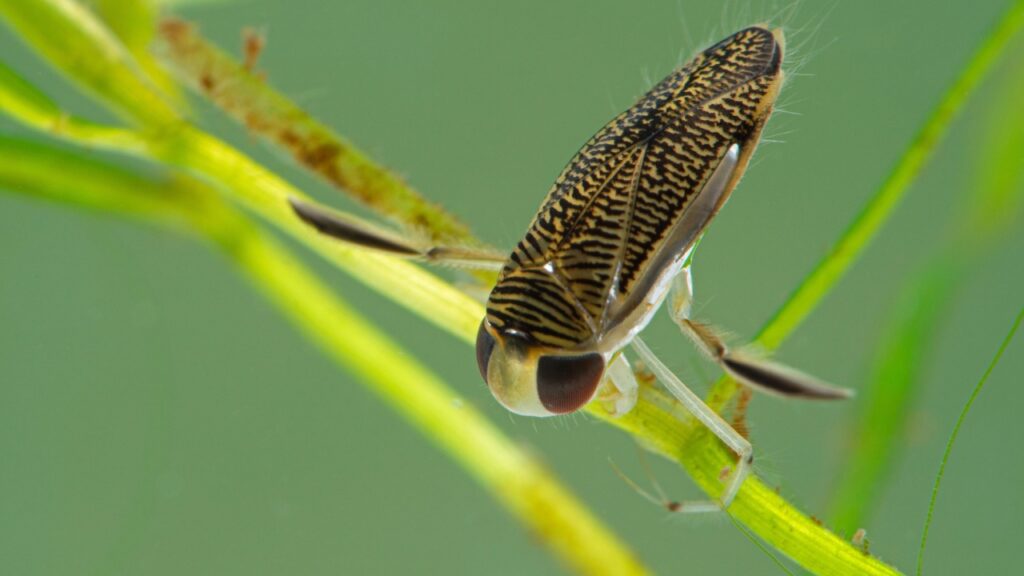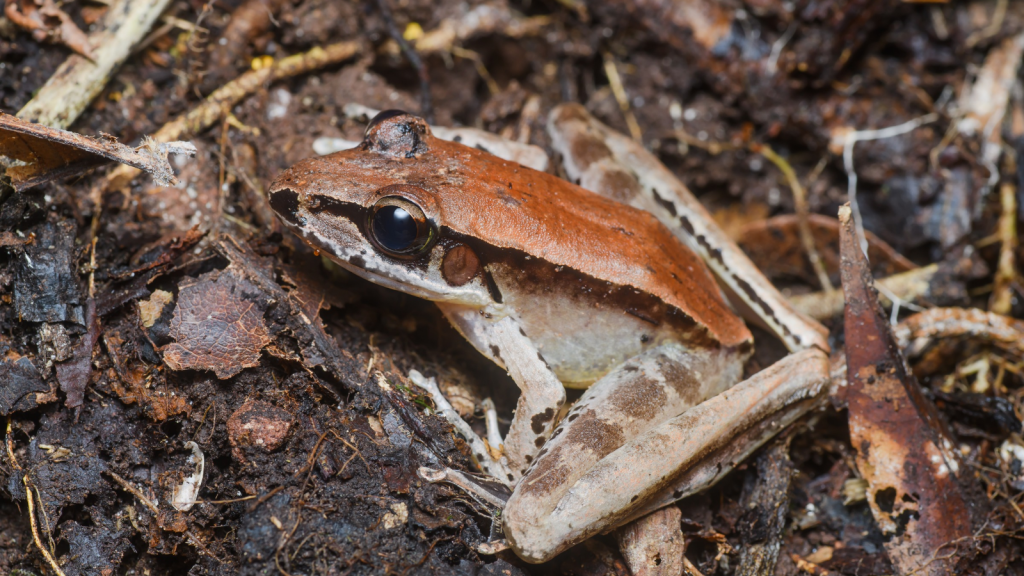Nature is full of wonders, and some of the most fascinating are the animals that use sound as a weapon. From the depths of the oceans to the highest mountaintops, these creatures have evolved incredible abilities to stun, disorient, and even kill their prey using nothing but sound waves. While we might think of sound as harmless, these animals prove it can be a deadly force. In this list, we’ll explore 14 remarkable creatures that have mastered the art of sonic warfare, showing just how powerful and diverse nature’s toolkit can be.
Pistol Shrimp

The pistol shrimp, despite its small size, packs a powerful punch. By snapping its oversized claw shut, it creates a bubble that collapses with such force it produces a sound louder than a gunshot. This sonic boom can stun or kill small fish and even break glass if the shrimp is kept in an aquarium. The bubble collapse also creates a brief flash of light and extreme heat, making the pistol shrimp one of the few animals capable of sonoluminescence.
Sperm Whale

These deep-sea giants use their massive heads to generate the loudest sounds made by any animal on Earth. Their clicks can reach 230 decibels underwater, powerful enough to vibrate a human body to pieces. Sperm whales use these sounds for echolocation and possibly to stun prey. Their unique nose structure, called a spermaceti organ, allows them to focus these powerful sound beams with incredible precision.
Tiger Pistol Shrimp

A close relative of the pistol shrimp, the tiger pistol shrimp takes sonic assault to the next level. Its snapping claw creates a sound so intense it generates a flash of light and temperatures nearly as hot as the sun’s surface. This miniature sonic boom can knock out small fish and crustaceans instantly. The tiger pistol shrimp’s claw can snap shut at speeds of up to 60 miles per hour, making it one of the fastest movements in the animal kingdom.
Bombardier Beetle

This tiny insect has a unique defence mechanism involving sound. When threatened, it mixes chemicals in its abdomen to create a boiling, toxic spray. The resulting explosion produces a loud pop, which, combined with the spray, can deter even the hungriest of predators. The bombardier beetle can aim its spray with remarkable accuracy, often directly at the face or eyes of an attacker.
Water Boatman

Don’t let its small size fool you – the water boatman is the loudest animal on Earth relative to its body size. Males of this aquatic insect species rub their genitals against their abdomen to produce a mating call that can reach 99.2 decibels, equivalent to a loud orchestra. The water boatman’s sound is so powerful that it can be heard both above and below the water’s surface, despite being only 2mm long.
Beluga Whale

Known as the “canary of the sea,” the beluga whale has a diverse vocal repertoire. While not typically deadly, their high-frequency clicks and whistles can be used to disorient prey. In captivity, belugas have been observed using targeted sound waves to stun fish before eating them. Belugas can also mimic human speech patterns, earning them the nickname “sea canaries” among sailors.
Bottlenose Dolphin

These intelligent mammals use echolocation not just for navigation, but also as a weapon. By focusing their high-frequency clicks, bottlenose dolphins can create a sonic blast strong enough to stun fish and even small sharks, making them easier to catch and eat. Dolphins can produce up to 1,000 clicks per second, allowing them to create detailed “sound pictures” of their environment and potential prey.
Mantis Shrimp

While better known for its powerful punching claws, the mantis shrimp can also create cavitation bubbles that produce a loud bang when they collapse. This sound can stun or kill small prey, adding another weapon to this colourful crustacean’s already impressive arsenal. The mantis shrimp’s eyes are among the most complex in the animal kingdom, able to detect polarized light and see colours invisible to humans.
Lowland Streaked Tenrec

This small Madagascan mammal has a unique defense mechanism. When threatened, it rubs specialized quills together to produce high-frequency sounds that can disorient and repel predators. While not lethal, this sonic shield is an effective deterrent against would-be attackers. The lowland streaked tenrec is one of the few mammals known to use stridulation, a sound-producing method more commonly found in insects.
Concave-Eared Torrent Frog

This unique amphibian, found in China, has evolved a remarkable defense against the noisy environments it inhabits. It can produce ultrasonic calls that allow it to communicate over the sound of rushing water. These high-frequency sounds can also startle and disorient predators, giving the frog a crucial advantage in its fast-flowing habitat. The concave-eared torrent frog is one of the few known species that can hear ultrasonic frequencies, an ability that matches its sonic defense mechanism.
Tiger Moth

Many species of tiger moths have developed an auditory defense mechanism against bats, their primary predators. When they detect an approaching bat’s echolocation calls, these moths produce a series of ultrasonic clicks. These sounds can jam the bat’s sonar, confusing and disorienting it, and in some cases even warning the bat that the moth is unpalatable. Some tiger moth species can produce up to 450 clicks per second, creating an effective sonic shield against attack.
Northern Elephant Seal

Male elephant seals are known for their loud, booming vocalisations during breeding season. These sounds aren’t just for show – they can be so intense that they can temporarily stun rival males or even nearby smaller animals. This sonic dominance helps establish hierarchy on crowded breeding beaches. A male elephant seal’s nose acts as a natural resonator, amplifying their vocalisations to reach incredible volumes.
Oilbird

The oilbird, found in South America, is the only nocturnal flying fruit-eating bird in the world. It uses echolocation to navigate in the dark caves where it roosts, much like bats do. While not typically used as a weapon, their loud, clicking vocalisations can create a cacophony in their cave dwellings that’s disorienting to potential predators. The sound in an oilbird cave can reach up to 100 decibels, comparable to a loud motorcycle engine.
Plainfin Midshipman Fish

This marine fish species is known for its ability to produce a loud humming sound that can last for over an hour. Male plainfin midshipmen use these sounds to attract mates, but the vibrations are so strong they can resonate through boat hulls, earning them the nickname “waterbed fish”. While not directly used for hunting, these powerful sounds can stun or disorient small prey animals in close proximity, giving the midshipman an advantage in feeding.
Becky is a fervent wildlife enthusiast and pet care expert with a diploma in canine nutrition. Her love for animals stretches beyond the domestic, embracing the wild tapestry of global fauna. With over a decade of experience in animal welfare, Becky lends her expertise to OutlandishOwl through insightful articles, captivating wildlife information, and invaluable guidance on pet nutrition. Her work embodies a deep commitment to understanding the intricate lives of animals and a passion for educating others on sustaining natural habitats. Becky's hands-on conservation efforts and her knack for translating complex dietary science into practical pet feeding tips make her an indispensable voice for creatures great and small.




